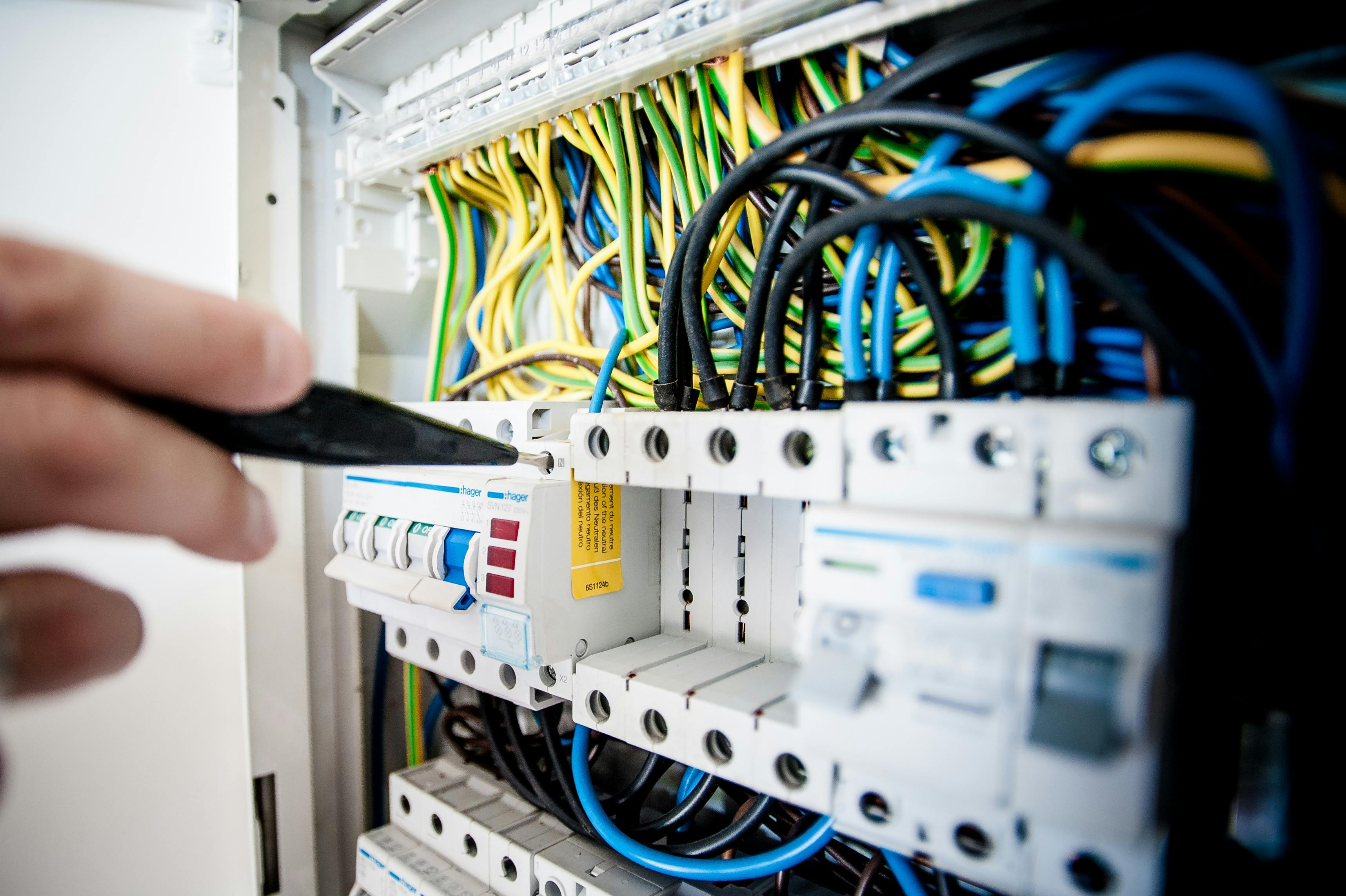
When it comes to planning a big move across states, choosing a reliable company that understands both the logistics and emotional aspects of relocation is essential. That’s where go to Iowa Movers steps in, offering professional moving services tailored to simplify your moving experience. Whether you’re transitioning to a new home, relocating for work, or expanding your business, having an experienced moving team ensures your belongings arrive safely and on schedule.
For those who need vehicle transport alongside household moving, alabamaautotransport.com provides the perfect complement. As a trusted name in auto shipping, this platform specializes in safe, efficient, and affordable car transport across state lines. From compact cars to SUVs, motorcycles, or luxury vehicles, they offer customized solutions that cater to both individuals and businesses. Together, these two services, one focusing on moving and the other on auto shipping, create a seamless relocation experience that covers every aspect of your journey.
Simplifying State-to-State Relocation
Moving from Iowa to Alabama, or vice versa, involves more than just packing boxes and loading trucks. There are logistical details, timing concerns, and transportation challenges that require expertise. A professional moving company like Iowa Movers ensures your household goods are properly packed, handled, and transported with care. Their teams are trained to handle everything from fragile antiques to bulky furniture, using high-quality packing materials and modern equipment.
Meanwhile, car shipping experts like Alabama Auto Transport streamline the process of moving your vehicle. Instead of driving long distances or dealing with potential wear and tear, customers can trust experienced transport carriers who are licensed, insured, and compliant with federal safety standards.
Reliable Logistics and Experienced Coordination
One of the key benefits of working with established names such as Iowa Movers and Alabama Auto Transport is their coordination. Both companies operate with a customer-first approach, emphasizing punctuality, transparent pricing, and clear communication. The result is a moving experience that feels organized and reliable, no last-minute surprises or hidden costs.
If you’re new to long-distance relocation or vehicle shipping, it’s worth reviewing the Federal Motor Carrier Safety Administration’s guide to protecting your move. This authoritative resource outlines your rights and responsibilities when working with movers and auto transporters, ensuring you make informed decisions and avoid common pitfalls.
Efficiency Meets Safety
Both Iowa Movers and Alabama Auto Transport prioritize efficiency without compromising safety. Iowa Movers focuses on strategic planning and careful packing, using techniques that prevent damage during transit. From climate-controlled storage options to same-day local moves, they adapt to customer needs with professionalism.
On the other hand, Alabama Auto Transport’s commitment to secure vehicle handling ensures every car is treated like it’s their own. Their carriers use advanced tie-down systems, GPS tracking, and real-time updates to keep customers informed throughout the shipping process. Whether you choose open or enclosed transport, you can rest assured your vehicle is in capable hands.
Why Choose Professional Moving and Auto Transport Services?
DIY moving may seem cost-effective initially, but the risks and hidden expenses often outweigh the benefits. Hiring experienced professionals offers several advantages:
Insurance coverage: Your belongings and vehicles are protected during transit.
Time savings: Experts handle the heavy lifting and logistics, freeing you to focus on settling into your new home.
Safety assurance: Reduced risk of personal injury or property damage.
Stress reduction: A smoother, coordinated moving process from start to finish.
These advantages are particularly important for interstate relocations, where regulations and road conditions can vary significantly. Entrusting your move to qualified professionals ensures compliance, efficiency, and peace of mind.
Planning Your Next Move
If you’re preparing for a move between Iowa and Alabama, the combination of a reliable moving company and a trusted auto transport provider makes all the difference. Start by getting a detailed quote, outlining your specific needs for both household goods and vehicles. Reputable companies will provide transparent pricing, flexible scheduling, and professional guidance to help you plan effectively.
By combining services like Iowa Movers and Alabama Auto Transport, you’re essentially building a customized relocation package that saves time, reduces stress, and ensures your possessions, from furniture to vehicles, reach their destination safely.
Conclusion
Moving across states doesn’t have to be overwhelming when you have the right partners by your side. With Iowa Movers offering professional moving support and Alabama Auto Transport providing dependable vehicle shipping services, customers can enjoy a smooth, efficient, and worry-free relocation experience. From Iowa’s heartland to Alabama’s southern charm, these companies bring expertise, care, and reliability to every mile of your journey.


